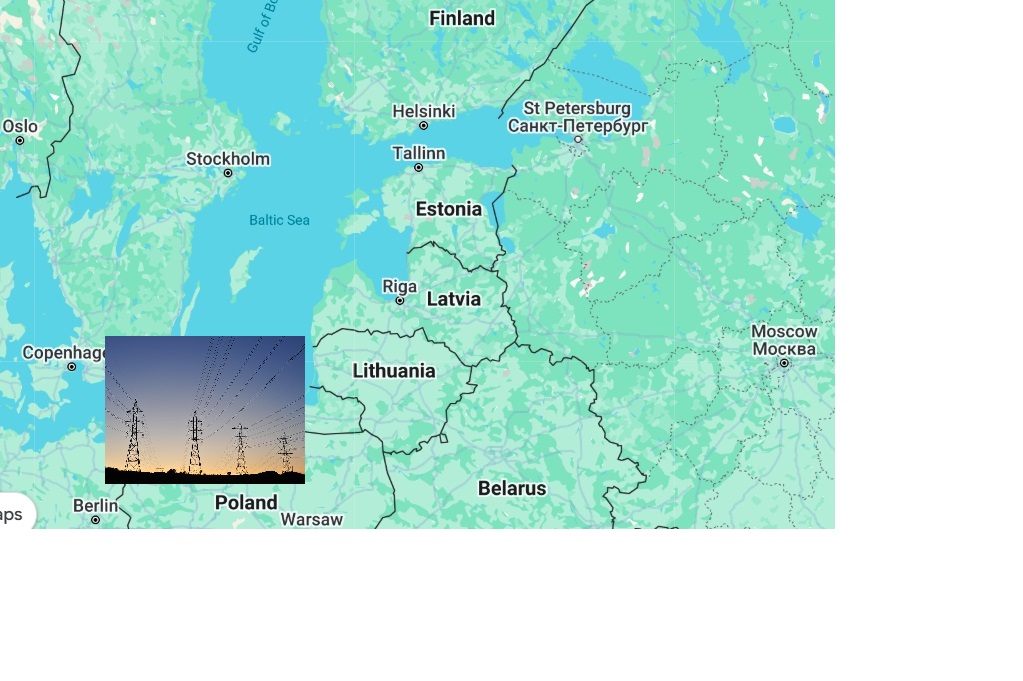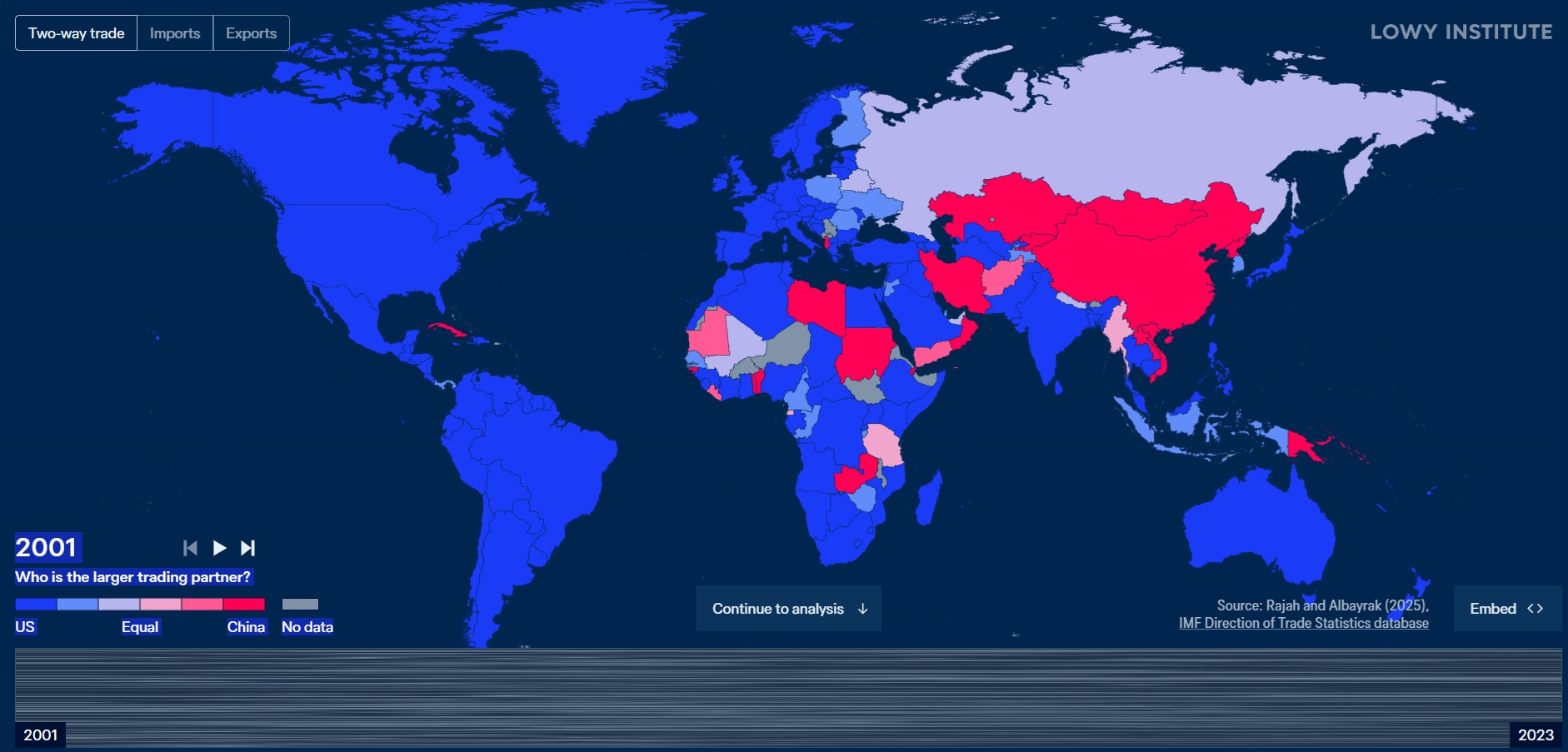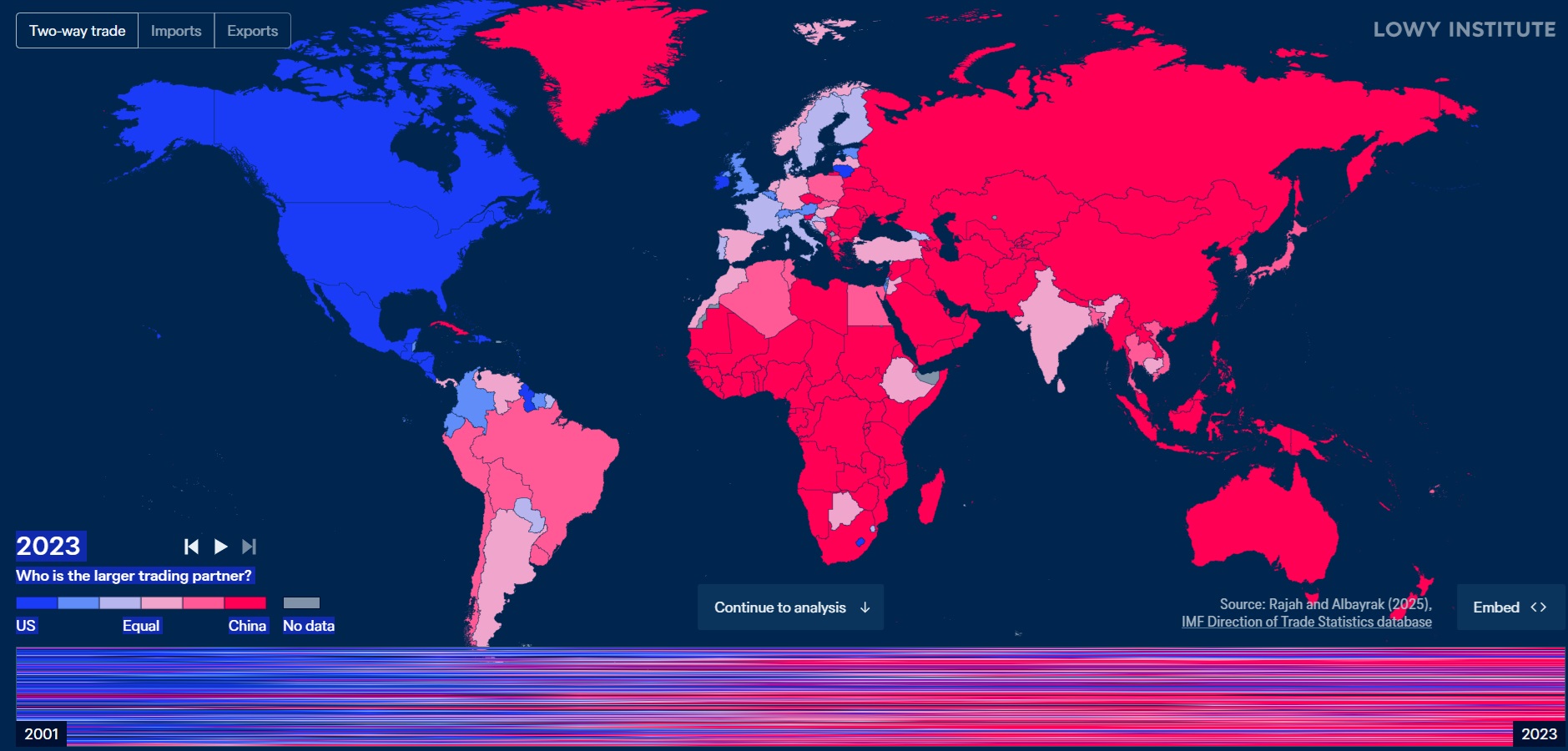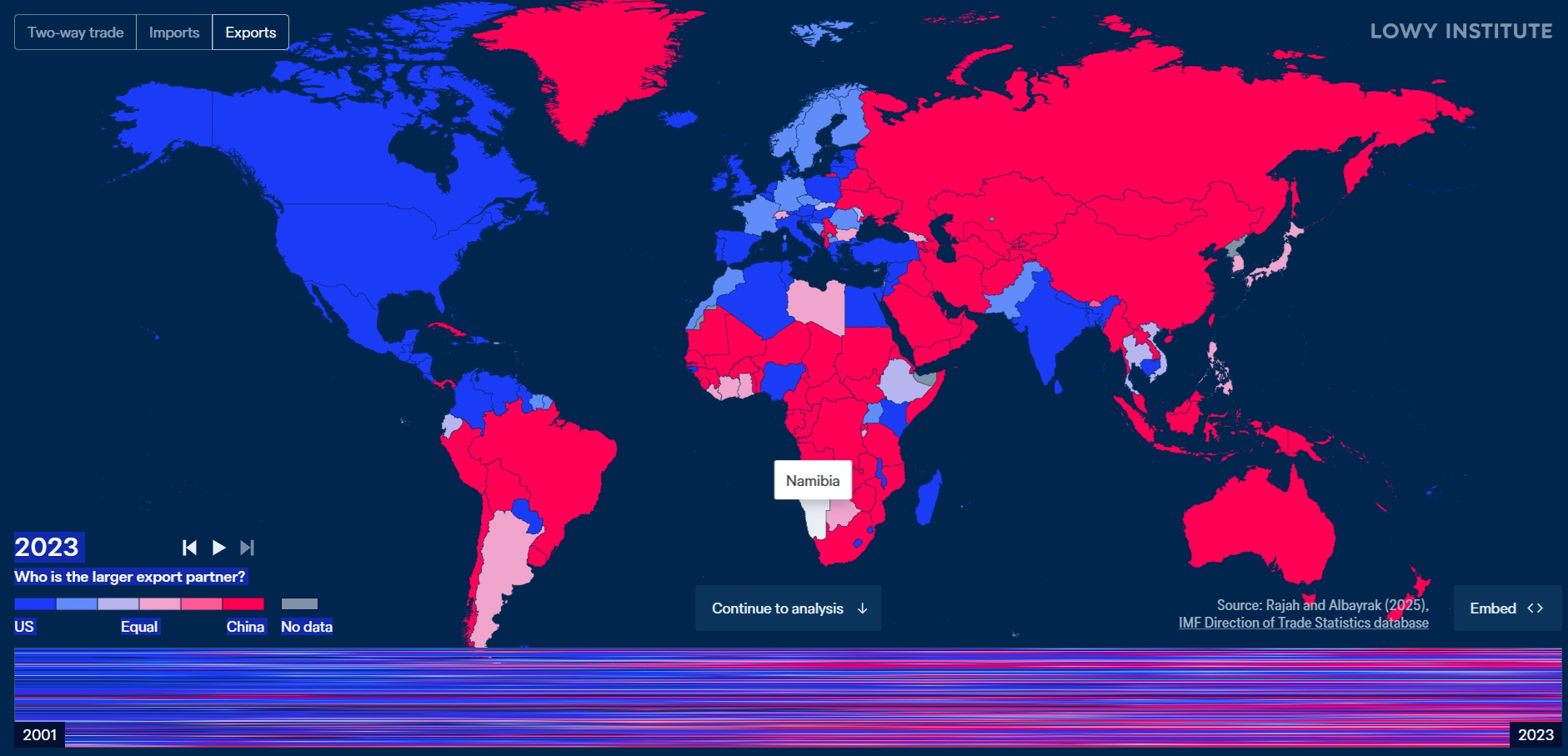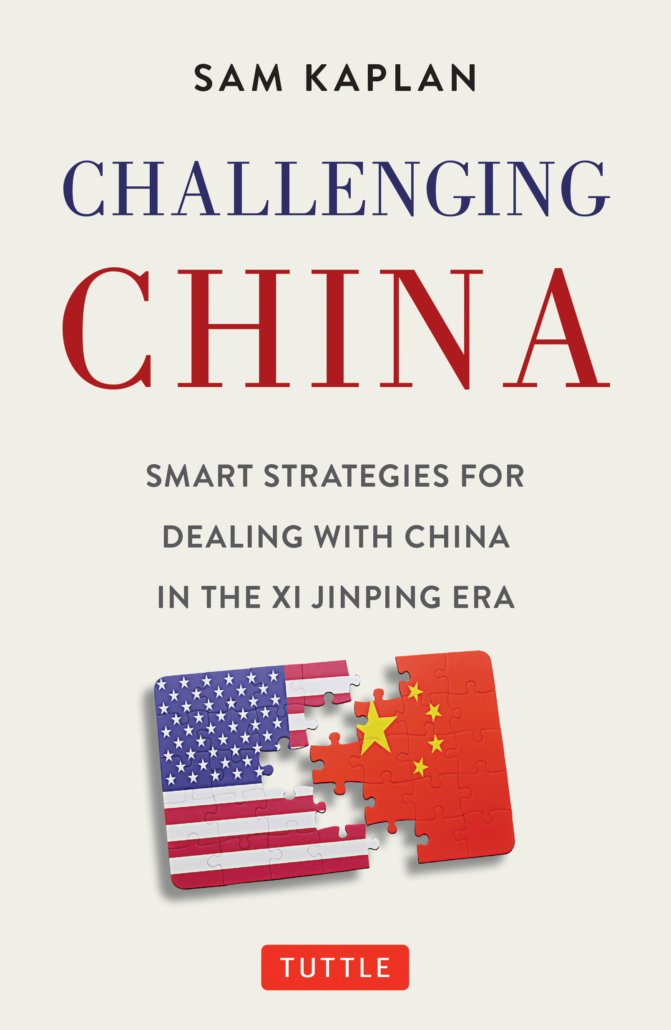On the evening of June 1, 1979, we played basketball on the hardscrabble concrete of the Lowell Elementary School playground in Bellingham, Washington. The Seattle Supersonics had just won the NBA championship and my friends and I battled on 9-foot hoops, pretending we were Gus Williams, Dennis Johnson and Downtown Freddy Brown. Much has changed since then, including the Sonics moving to Oklahoma City over a decade ago. But even bigger changes are coming. The last few years Sonics fans, including us, have been anticipating the team’s return with NBA talk of expansion. But now we are skeptical for very International Need to Know reasons. First, the NBA expansion announcement should have been made by now. But more importantly, for over a year we’ve been anticipating an international challenge to the NBA.
In fact, ever since the rise of LIV Golf—the Saudi Arabian-backed rival to the PGA—we’ve suspected the NBA could face a similar challenge. This potential challenge—not expansion—will dominate the NBA’s attention and resources. After all, the best players in the NBA today are all foreign—Jokic from Serbia, Gilgeous-Alexander from Canada, Antetokounmpo from Greece and Wembanyama from France to name just a few (not to mention some Slovenian now with the Lakers in the worst trade in sports history). Plus the NBA’s most recent labor agreement essentially created a hard salary cap—NBA players are paid under market value (and yes we know they are paid a lot more than you and I—assuming no billionaires are reading our humble newsletter). America is no longer the cultural or global center it once was. You may not care about the NBA but you should pay attention to this development because it is a harbinger of others. So, while we envision some kids in some other land shooting baskets to celebrate their team’s championship in the new league located far from America, we remind you who the largest countries are, declare Baltic energy independence and ask who trades more with China. It’s this week’s International Need to Know, making snowmen of international information, throwing snowballs at strawmen of global data.
We will be trudging in the snow next week, so no International Need to Know until February 27th. But that provides you time to read our Substack article from last weekend—The Third Man: A New Malevolent Actor.
Without further ado, here’s what you need to know.
Two If By Land
It’s always helpful to step back and remind ourselves of the bigger picture…or in this case the biggest countries geographically. We often forget about this and what it means for the world. Visual Capitalist recently reminded us of who the top ten are. You can see the list below. Russia is the largest country by land—so not sure why they think they need to steal more. China is second, followed by the United States. All three are complicated countries, and as we argued in a Substack article last week, today all three are malevolent actors on the world stage. This is unfortunate since all three are powerful in one way or another—with China and the United State by far the most powerful. Russia is sort of a meaner, more dangerous Fredo Corleone by comparison. Canada and Australia have a lot of land but not a lot of people. We read somewhere recently that if progress in solar and fusion continues and energy becomes abundant, there might be ways to make more of Australia habitable. That might make Australia more powerful, but unless the world starts having more children, won’t be necessary. It’s perhaps surprising to learn how large Kazakhstan and Algeria are. The world is full of things we need to be reminded of.
Baltics Declare Energy Indpendence Day
In our The Third Man Substack article published last weekend, we stated that liberty seekers around the world, “must seek tools and solutions to engage the battle” of democracy vs. authoritarianism. Last weekend, the Baltic nations did just that in disengaging from the Russian electric grid and connecting to the European one. Reuters reported, “The Baltic states of Estonia, Latvia and Lithuania completed a switch from Russia’s electricity grid to the EU’s system on Sunday…amid heightened security after the suspected sabotage of several subsea cables and pipelines.” The Baltics had been part of the Russian grid since the 1950s when it was run by the Soviet Union. As Ukrainian President Volodymyr Zelensky said, “Moscow will no longer be able to use energy as a weapon against the Baltic states.” With the United States out of the freedom game and with countries like Germany and France weak players, Central Europe and the Baltic nations are taking matters into their own own hands. Small countries will have to unite and battle back against the wave of authoritarianism.
China Corner: The Dominant Trader
The world is far, far different than it was at the beginning of the 21st century in many, many ways. One of the changes is that China today dominates global trade. We can see this in a variety of measurements but the Lowy Institute has a particularly interesting interactive one. It compares China and the United States and which countries trade with them more. You should check out the full interactive version at the Lowy Institute’s website, but below we show data from 2001 followed by 2023. Countries which trade more with the United States than with China are in blue. Those countries for which China is the larger trading partner are in red. In 2001 you can see a sea of blue across the globe. But now look at 2023. Red dominates. In South America, Africa, Asia, and even much of Europe, red dominates. In fact, China has a trade surplus not just with the United States but with many countries around the world. Now look at the third chart below. It shows which countries export more to China or the United States. You’ll note that in 2023 there is still more blue than in the two-way trade chart. That China incessantly exports but its not importing will be a continuing source of tension no matter what trade policies the Trump administration imposes.


